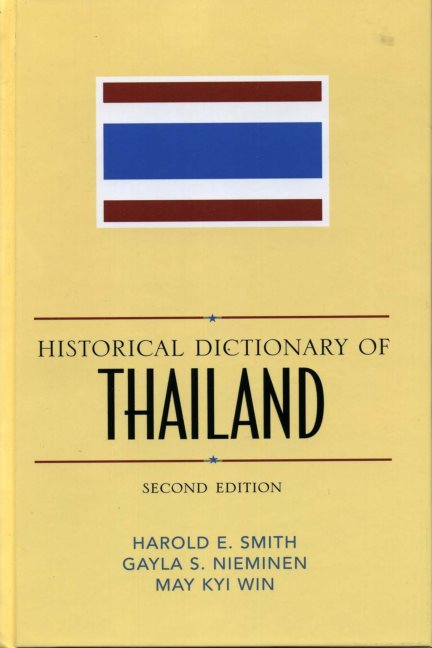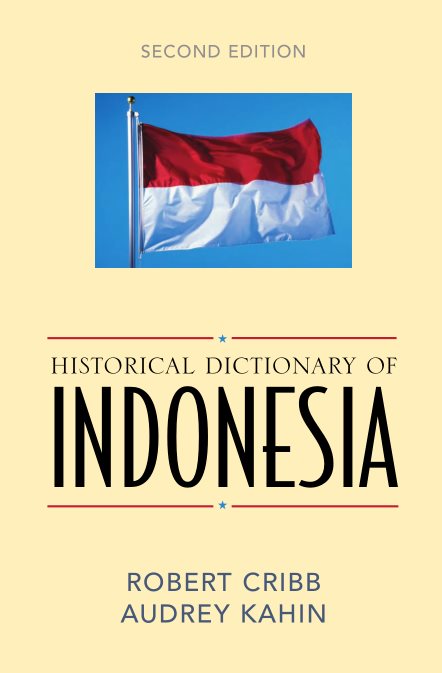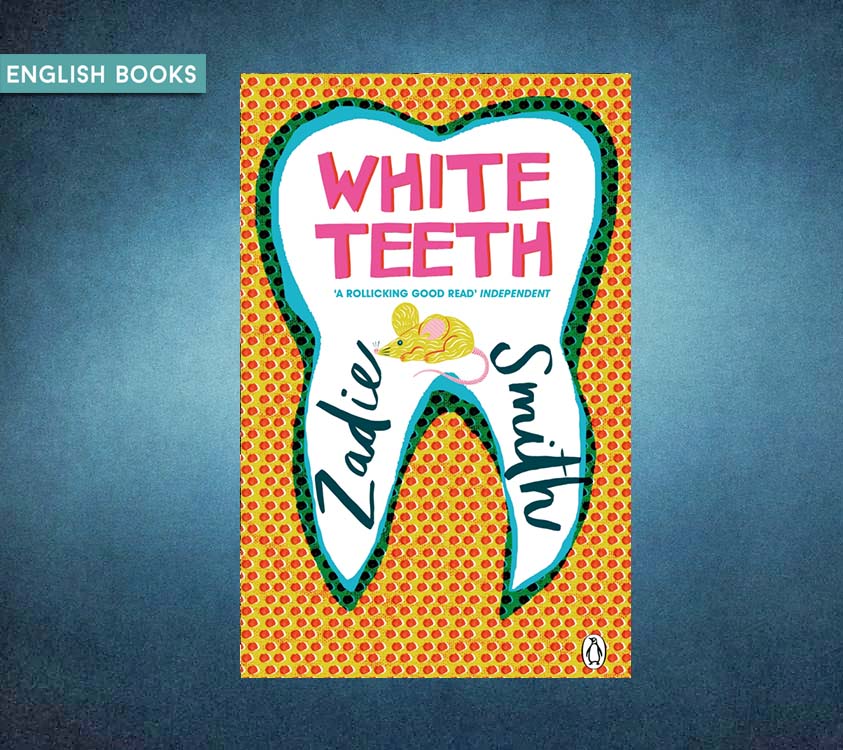Historical Dictionary of Thailand – Gerald
1) Historical Dictionary of Thailand – Gerald W. Fry, Gayla S. Nieminen, Harold E. Smith
Scarecrow Press | 2005 | PDF
Throughout its history, Thailand has shown remarkable resiliency, adaptability, and creativity in responding to serious threats and crises, and this since much earlier times when it was known as Siam. This book, while focusing on the modern period, does reach back to ancient kingdoms but also shows the impressive rise to a modern democracy, although still endowed with a king, and even more impressively, an economic “tiger.” Moreover, it has become a prime tourist destination and is thus known to vast numbers of foreigners as a sort of “instant Asia.”
The Historical Dictionary of Thailand, now in its third edition, covers this amazing story in various ways. First, the chronology traces the most significant events from year to year. The introduction then provides a good overview of the land and people, the history and traditions, and where it now seems to be heading. The dictionary, which by now has hundreds of detailed and cross-referenced entries, looks more closely at important persons, places, institutions and events as well as more generally its politics, economy, society, culture and religion. So this is an excellent reference work not only for scholars but many others who have visited the country and were fascinated by it.
2) Historical Dictionary of Laos – Martin Stuart-Fox
Scarecrow Press | 2008 | PDF
Laos is the smallest state in terms of population, the weakest militarily, and the least developed economically in mainland Southeast Asia. Yet a glance at the map shows how strategically it is positioned, between Thailand and Vietnam and between Cambodia and China. As in the past Laos was a crossroads for trade routes, so in the future it will be a crossroads for communications in this rapidly developing region. It is even possible to anticipate that the greatness of Laos in the past may be matched by the emergence of Laos in the future as a significant partner in the Association of Southeast Asian Nations, of which it is already a member.
The third edition of the Historical Dictionary of Laos―through its chronology, introductory essay, appendixes, maps, bibliography, and hundreds of cross-referenced dictionary entries on important persons, places, events, and institutions and significant political, economic, social, and cultural aspects―traces Laos’ history and provides a compass for the direction the country is heading.
3) Historical Dictionary of Burma (Myanmar) – Donald M. Seekins
Scarecrow Press | 2006 | PDF
Burma (Myanmar) is a country in crisis, and a political resolution to its problems of national unity seems unlikely to occur in the near future. The purpose of the Historical Dictionary of Burma (Myanmar) is to explain in depth the country’s political crisis, while also providing detailed historical background. While paying much attention to the personalities and events of the 1962-1988 Burma Socialist Programme Party (BSPP) period, the dictionary focuses on the events, institutions, and personalities of 1988, when a nationwide movement for democracy resulted in the collapse of the BSPP regime, and the post-1988 period, when Burma was ruled by a military junta, the State Law and Order Restoration Council, which, after 1997, changed its name to the State Peace and Development Council.
Through the use of maps, a list of acronyms, a chronology, an introductory essay, a bibliography, and hundreds of cross-referenced dictionary entries on important persons, places, and events as well as political, economic, and social background, the history of this country is unfolded. Everything from major figures such as Daw Aung San Suu Kyi, whose non-violent struggle for democracy won her the 1991 Nobel Peace Prize, to the issue of economic sanctions versus “constructive engagement” is discussed in this important resource.
4) Historical Dictionary of Indonesia – Robert Cribb, Audrey Kahin
Scarecrow Press | 2004 | PDF
Indonesia is Asia’s third largest country in both population and area, a sprawling tropical archipelago of some 180 million people from hundreds of ethnic groups with a complex and turbulent history. One of Asia’s newly industrializing countries, it is already a major economic powerhouse. In over 800 clear and succinct entries, the dictionary covers people, places, and organizations, as well as economics, culture, and political thought from Indonesia’s ancient history up until the recent past. Includes a comprehensive bibliography, maps, chronology, list of abbreviations, and appendix of election results and major office-holders. This second edition has been thoroughly updated and expanded to cover the events that have occurred in Indonesia’s history in the past fifteen years.
5) Historical Dictionary of Malaysia – Ooi Keat Gin
Scarecrow Press | 2009 | PDF
The Historical Dictionary of Malaysia encapsulates the development of Malaysia from prehistory to the early years of the 21st century. It covers not only Malaysia’s history but also its politics, economy, multiethnic society, multiculturalism, scientific and technological developments, and the state of its environment. A host of contemporary issues and challenges are featured, including ethnic polarization, economic equity, and polygamy; concepts like Ketuanan Melayu (Malay Dominance), “Malaysian Malaysia,” “Malay,” and Islam Hadhari (Civilizational Islam); and terms like “Ali Baba” business, kiasi, bejalai, and “Twenty Points.”
Over 500 cross-referenced dictionary entries are contained in this reference, covering everything from ethno-historical entries to those on culinary favorites and personalities. A chronology, an introductory essay, appendixes, and a bibliography complement the dictionary entries, enhancing the authoritative and up-to-date information provided.
 1 / 5
1 / 5 2 / 5
2 / 5 3 / 5
3 / 5 4 / 5
4 / 5 5 / 5
5 / 5


